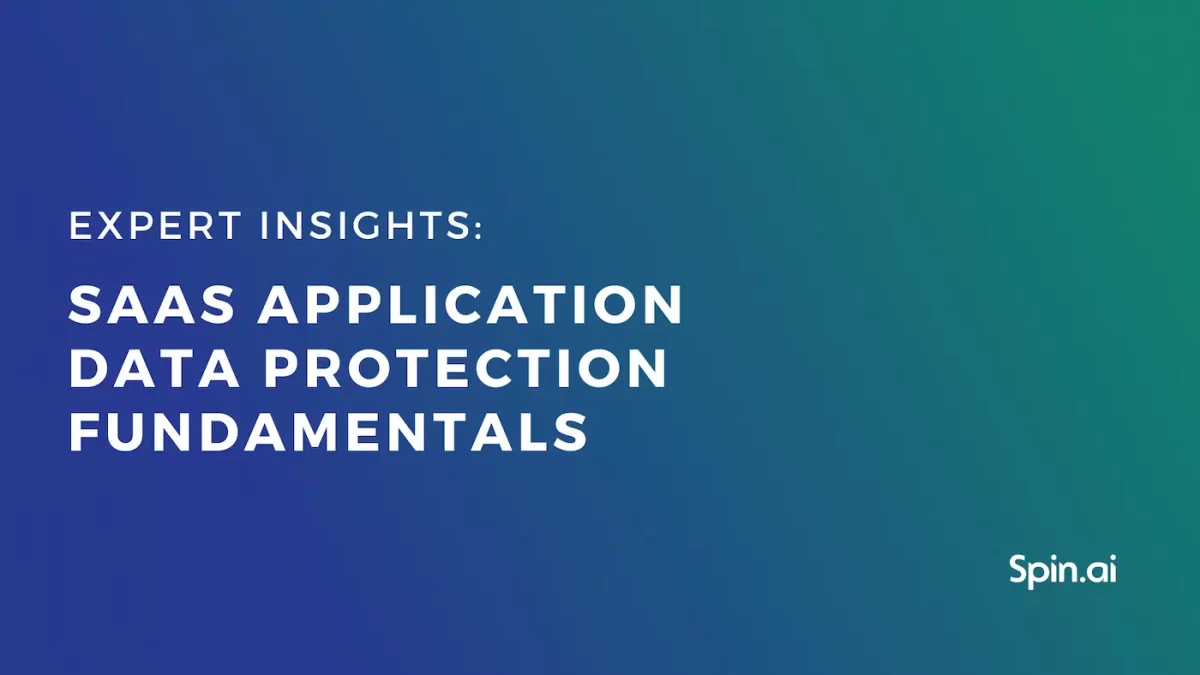How to Reduce the Cybersecurity Cost for Your Business

A strong cybersecurity strategy is paramount to protecting your mission-critical data from the risk of loss, leak, or cyberattack. However, as a business owner, cybersecurity could come at a high cost: either by being a victim of an attack or the investment required to establish cybersecurity defenses against attacks.
Why is cybersecurity so costly? What is included in a cybersecurity budget? Does effective cybersecurity have to be expensive and complicated? In this article, we will take a look at cybersecurity solutions that provide the functionalities you need while also remaining cost-effective.
What is the real cost of a cybersecurity risk?
71% of organizations worldwide experienced at least one ransomware attack in 2022, and the average total cost of attack hit an astounding $4.3 million.
The alarming trends in cybersecurity and data breaches are only accelerating in cost, scope, and severity. Attackers can use malicious tools – such as ransomware – in a more strategic way to target certain industries, businesses, and sectors. No one is immune to these kinds of attacks, including small and mid-sized businesses.
How Much Does Cybersecurity Cost?
While cybersecurity attacks are certainly expensive as shown, defending against cybersecurity attacks can also be costly for your business. Why is this? It is proving to be an extremely difficult job to keep up with all the vulnerabilities that are surfacing across the board.
This requires time, money, and more headcount to keep up with the daily cybersecurity tasks required to stay ahead of the curve so to speak. So, how much do companies spend on cybersecurity?
Most businesses today do not have the skillset, expertise, or resources to write their own cybersecurity software. Instead, most businesses will purchase solutions that handle such things as:
- Next-generation firewall capabilities
- Endpoint detection and response
- Mobile device management
- Security information and event management
- Cloud Security
Each of these various areas of expertise with software solutions can amount to a significant investment for your business from a financial perspective. As the costs of cybersecurity threats go up, so do the costs and investments of software solutions that provide the ability to protect your business against the risks and vulnerabilities that are discovered in these various areas.
The costs of effective cybersecurity can be significant. An example is found in the report “Pursuing Cybersecurity Maturity at Financial Institutions” by Deloitte and the Financial Services Information Sharing and Analysis Center. In this report, it is revealed that banks, insurance companies, investment managers, and other financial services companies spend between 6% and 14% of their annual information technology budget on cybersecurity, for an average of 10%. This equals roughly 0.2% to 0.9% of company revenue, or between $1,300 to $3,000 on cybersecurity per full-time or equivalent employee.
As you look at the significant spending involved with cybersecurity budgets today, what makes up the recommended cybersecurity budget for effective coverage of today’s threats?
What Makes up a Cybersecurity Budget?
When looking at the cybersecurity budget spend, what makes up the cybersecurity budget of businesses today? SANS Institute published a document called “IT Security Spending Trends” that details some of the trends in spending related to IT security. Below is a table found in this document that helps to break down spending trends among those who were surveyed and how their budgets were allocated.
The big trends as far as this study was concerned pointed to protection and prevention, detection and response, and compliance as the three big spending among those surveyed.
Operational Areas that Account for Security Spending | |
|
Operational Area |
% Response |
|
Protection and Prevention |
72.40% |
|
Detection and response |
62.8% |
|
Compliance and audit (including legal) |
58.60% |
|
Risk reduction |
49.70% |
|
End-user training and awareness |
45.50% |
|
Governance/Policies |
43.40% |
|
Staff training and certification |
39.30% |
|
Security program or project management |
38.60% |
|
Design/Development |
34.50% |
|
Discovery and forensics |
31.70% |
|
Other |
2.10% |
Now, let’s talk about cloud security.
Cloud Security is More Important Than Ever
Your business may be among many that are moving business-critical data to the cloud. Cloud environments can add additional complexity to your security posture since for many, it can be uncharted territory. The traditional tools that are geared for security on-premises are often not designed to simply apply them to the cloud.
On-premises environments are often well-understood and your business likely has a good handle on what measures need to be taken for on-premises security. However, with cloud environments, and even with Software-as-a-Service environments, there can be confusion regarding how to maintain a particular level of security.
Another key for security with cloud environments, especially with SaaS environments like Office 365 and Google G Suite, is understanding who has access to your data and what data they have access to. With public cloud environments and SaaS environments as mentioned, internal users can potentially share business-critical or sensitive data outside the organization with external contacts.
Understanding which data may be shared with outside contacts is a crucial part of securing your data. Using native tools included in SaaS environments can lack the visibility and controls needed to secure your data. You want to make sure your data in the cloud is secured from data leaks as the consequences of a data leak can be disastrous as shown in hacking statistics such as found in the Cost of Data Breach report from IBM.
All of these complex issues can not only increase the complexity of your overall cybersecurity stance but it certainly drives up the cost of cybersecurity in general due to inefficient processes, confusion on best practices, and buying into cybersecurity tools that may not serve your needs.
However, cybersecurity need not be complicated or expensive. Spinbackup provides a next-generation approach to cybersecurity in the cloud for your G Suite and Office 365 environments that provides protection and prevention, detection and response, compliance and audit, as well as disaster recovery all in one solution. Let’s see how.
Cost-Effective Cloud Cybersecurity with SpinBackup
Spinbackup provides one of the most powerful combinations of cybersecurity and data protection that you will find on the market today to protect your vital business-critical assets that are stored in SaaS environments.
Keying in on the cybersecurity capabilities of the solution, there are several great benefits included in the SpinBackup cybersecurity suite. What are some of those features? Spinbackup includes the following cybersecurity protection features for your cloud SaaS environment:
- Ransomware Protection
- Insider Threat Protection
- Risky Third-party Apps Protection
- Abnormal Logins and Brute Force Attack Protection
- Data Sharing Visibility
- User Behavior Control
- Automated Alerting and Automated Suspension
- Security Policies
To learn more about reducing the cost of cybersecurity services for your organization, get a free demo here.
Was this helpful?
How Can You Maximize SaaS Security Benefits?
Let's get started with a live demo
Latest blog posts
How to Restore A Backup From Google Drive: A Step-by-Step Guide
April 10, 2024Backing up your Google Drive is like making a safety net for the digital part... Read more
Protecting Partner Margins: An Inside Look at the New Spin.AI Partn...
April 2, 2024Google recently announced a 40% reduction in the partner margin for Google Workspace renewals –... Read more
Expert Insights: SaaS Application Data Protection Fundamentals
March 21, 2024SaaS applications appeal to organizations because they make running the application “somebody else’s problem.” However,... Read more


